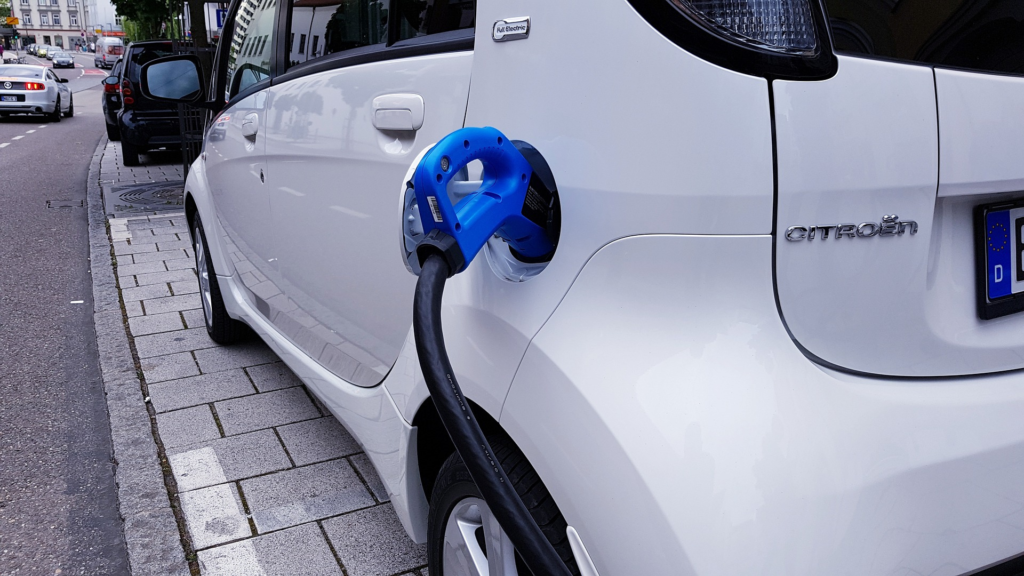Here are the top 7 EV technologies that are making waves in 2023. While developed countries are embracing EVs at a fast pace, the road for third world nations is substantially different. This article examines the challenges and opportunities for the implementation of EVs in Third World Countries.
Electric Vehicles Vs. Third World Countries: The Argument
On third-world countries, pollution, and fossil fuel usage are enormous problems. And why should EVs be specific: there are some potential advantages of their introduction:
Lower Emissions: From ICE vehicles to EV’s which helps to reduce pollution significantly especially in cities.
Energy Generation: Large quantities of oil are imported in third-world countries, which adds to energy independence issues and economic burden. EVs, which run on renewable energy, can help decrease oil imports.
Economic opportunities — An EV industry creates jobs in manufacturing, maintenance, and charging infrastructure.
Air Clearness: Less air pollutants mean fewer respiratory diseases and healthcare costs.
Obstacles To Adoption In EVs in Third World Countries
However, several challenges are barriers to electric vehicle adoption in these regions:
High Initial Costs: Both EVs and their constituent parts are costly. In third-world countries, the majority of citizens cannot pay these upfront costs.
Insufficient Infrastructure: Due to the lack of guaranteed electricity grids and charging stations, owning an EV is impossible for most people.
Unreliable Power Supply: Frequent outages in many third-world countries make consistent charging of EVs impossible.
Agricultural Areas: There is no or limited government support or subsidies, tax exemptions, and other policies.
Perception: Practically, a lot of people in third-world countries are not aware of the benefits of EVs or they perceive EVs as a luxury item rather than a practical solution
EVs in Third World Countries :Opportunities for Growth
Despite these challenges, many opportunities exist for the EV sector in third-world nations:
Local Manufacturing: This will not only lower the cost but will also create jobs. India and Nigeria, for example, are taking steps in that direction already.
Integration of Renewable Energy: Sourcing investments for solar and wind energy can dovetail nicely with the effort to spur adoption of EVs, providing low-cost, sustainable power solutions.
Government Policy: Tax breaks for EV manufacturers, subsidies for EV buyers, and similar policies can encourage demand.
Micro-Mobility Solutions: Electric two-wheeler and three-wheeler (three-wheelers require a license, which is not an option for low-income citizens) are very capital-intensive, especially in urban and semi-urban regions, they can be used to satisfy the three-wheeler and two-wheeler needs of low-income groups.
Global Collaboration: Joint ventures with developed countries and private sector partners provide investment, technology transfer, state of the art capabilities to third world nations.
EVs in Third World Countries: Case Studies
India: To that end, India has taken steps like enacting the Faster Adoption and Manufacturing of Hybrid and Electric Vehicles (FAME) scheme. Economy electric two-wheelers gain traction with middle-class buyers
Kenya: Solar-Powered EV Charging Stations Kenya’s investment in solar-powered EV charging stations demonstrates how renewable energy can enable sustainable transport solutions.
Bangladesh: Bangladesh’s growth of electric three wheelers (rickshaws) demonstrates, as an example of micro-mobility solutions, the potential to meet city needs in highly populated areas.

EVs in Third World Countries
The Road Ahead
In order to expedite the adoption of EVs in third-world nations, a diversified strategy becomes pivotal:
Optimize through Public-Private Partnerships: Governments must engage with private companies to finance charging infrastructure and share costs.
Incentives from Government: Comprehensive policies such as subsidies, tax credits and R&D funding can be used to encourage manufacturers and consumers alike.
Informational Campaigns: Educating people on the benefits of EVs can change mindsets and accelerate adoption.
Studies in Architecture: Low-cost vehicles that can withstand Third World environmental situations.
International Cooperation: Advanced economies could help through transfer of technologies, financial resources, and knowledge.
Conclusion
The potential of electric vehicles in the third world is great, solutions to environmental, economic and social problems. The future of widespread adoption may have tracks, piled with a lot of troubles, but we strive for a greener way of life, with more potential, which is why measures and actions need to be taken in favor of green methods. Invest in some EV infrastructure in the third-world and you would be able to change how people move about for the better for the environment and the people.



Pingback: Electric Vehicles in Fiji: Driving Towards a Sustainable Future - Tech Master Online